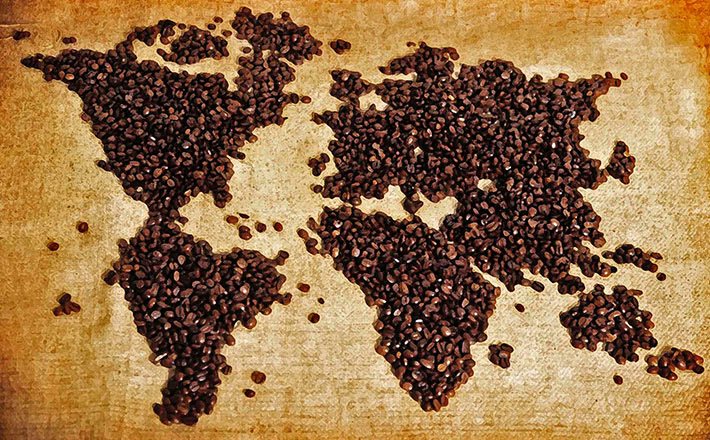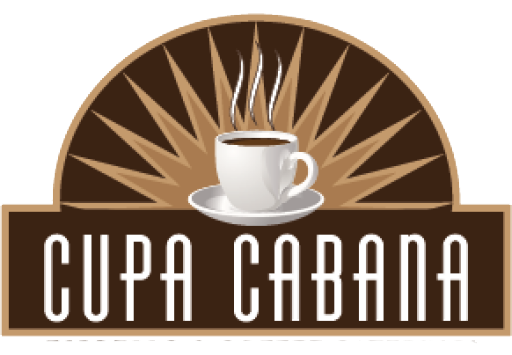Have you ever thought about the history of coffee? Where that first cup came from?
No, not yours. I mean, it goes without saying that you’ve thought about that, right? Thought about it, dreamed about it, made it your one-and-only reason for climbing out from under the covers more mornings than you care to remember.

But, what I mean is that first cup of coffee—ever. Who found the berries? Who thought to make a drink out of them? And who knew enough to not mistake that first caffeine rush for a stroke?
Turns out, coffee’s origin story is more legend than documented fact. Then again, the same can be said about most everything else that dates as far back. Nonetheless, here it goes, as distilled by the National Coffee Association: The scene is the ancient coffee forests on the Ethiopian plateau, several hundred years ago. A goat herder started noticing that after his flock munched on the berries from a particular tree, they were up all night, doing crazy, daredevil-goat stuff instead of sleeping.
“So, I have this friend. And his goats, well, they’re out of their minds,” the goat herder said to the abbot at his local monastery the next day. You know how, when something really strange happens to you—armpit on fire—you Google it just to make sure, A., you’re not losing it and, B., you’re not alone? The abbot essentially filled the role of Google back then.
Man of God doesn’t nod off during prayer
He told the herder to bring him a batch of the berries in question and then, against all common sense, he made himself a cocktail with them. Goats are up all night, out of their minds? Hook me up! The abbot likely broke out in hot flashes, maybe weathered a few hallucinations, and thought that his heart was about to burst through his chest at any moment (ah, sweet, sweet, caffeine). But he also didn’t nod off during the endless evening prayers, as he was known to do.
The abbot spread the word around the building that the berries brought him closer to God. (And, really, he wasn’t too far off the mark.) Naturally, everyone wanted a taste.
Alas, there was no overnight shipping
Ethiopia, being what it is at that time, though—pockets of people spread out among mountainous terrain, pretty much in the middle of nowhere—coffee wasn’t more than a regional thing for a long time after that. But, slowly, it found its way to the Arabian Peninsula in the 15th century. And that’s where it blew up.
It made its way into homes, but it was really more of a social catalyst. Overnight, there was a coffee house on every block. Moms would meet there after the kids were on the bus. Dads would take their meetings there. Teens would hog the sofas and overstuffed lounge chairs the moment school was out.
The phenomenon spread east from there, but it would eventually penetrate Europe, about a century later, and then, quickly, the east coast before it was the east coast of the United States. The first tastings place it in New Amsterdam (New York) sometime around the mid-1600s. But, it’d be another century and then some until the colonists revolted against King George’s tea tax and turned to coffee en masse. That, of course, is known today as the lone exception to the rule that rebound relationships never last.





